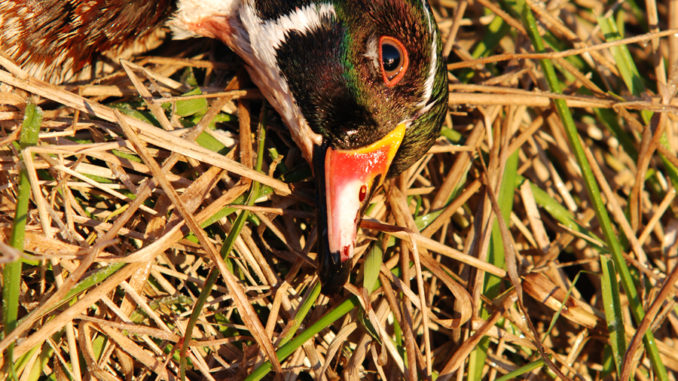
Duck season that come in before December are often overlooked by many hunters because of other hunt seasons, warm weather or just waiting for the big push of migratory ducks after Christmas.
According to Dean Harrigal, waterfowl- project coordinator for S.C. Department of Natural Resources, waterfowl migrate as a consequence of the autumn photoperiod and other factors.
“Duck migration is generally triggered by shortening of day length,” Harrigal said. “In the fall, the days are getting shorter here every day, and they are getting a lot shorter up north on the wintering grounds. That makes most species of ducks head south.”
The length of daylight in a 24-hour period shortens more quickly the further north on the earth.
“Mallards and green-winged teal hang around until there is no food or water left where photoperiod has less impact than these other factors,” he said. “But with wood ducks, blue-winged teal, widgeon, pintails and some others, the photoperiod — combined with a full moon and a cold front — gives them the itch, and they migrate.”
In the Carolinas, the first migratory arrivals show up in early September and continue well into the winter. But the heaviest calendar or photoperiod migration is well before Christmas.
According to the U.S. Fish and Wildlife Service, the peak of waterfowl migration across the United States is between November and middle of December. The migrations around Christmas and into the last leg of the season are more driven by habitat, food, and hunting pressure.
When ducks prepare to migrate, they often use the forces of nature to help with the journey. Hunters can watch their calendars and weather forecasts to intercept the majority of migrating birds in the Carolinas. A full moon and a cold front originating in Canada will tip off a migratory wave every time.
The majority of migratory trips occur during full moons and when winds flow out from a Canadian air mass dropping into the southern states. Ducks will ride the wind so their journey will be less strenuous and less of a drag on their energy reserves.
For the best chance at finding some new birds, schedule hunting days after a full moon and after a cold front. The days following can be epic in strategic places.




Be the first to comment